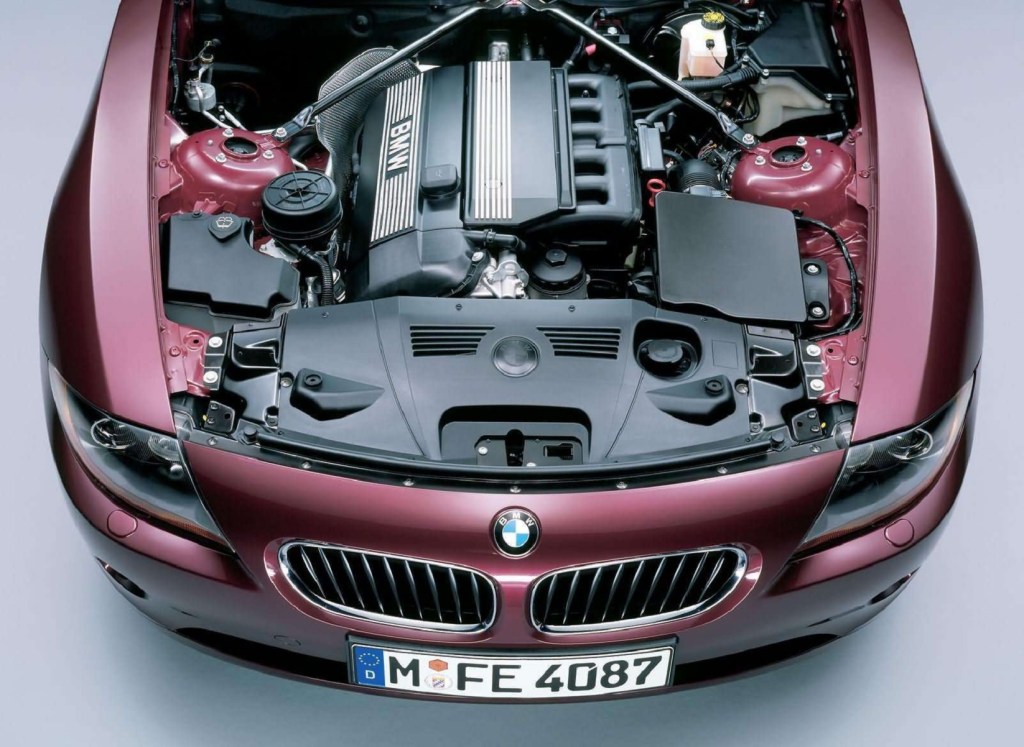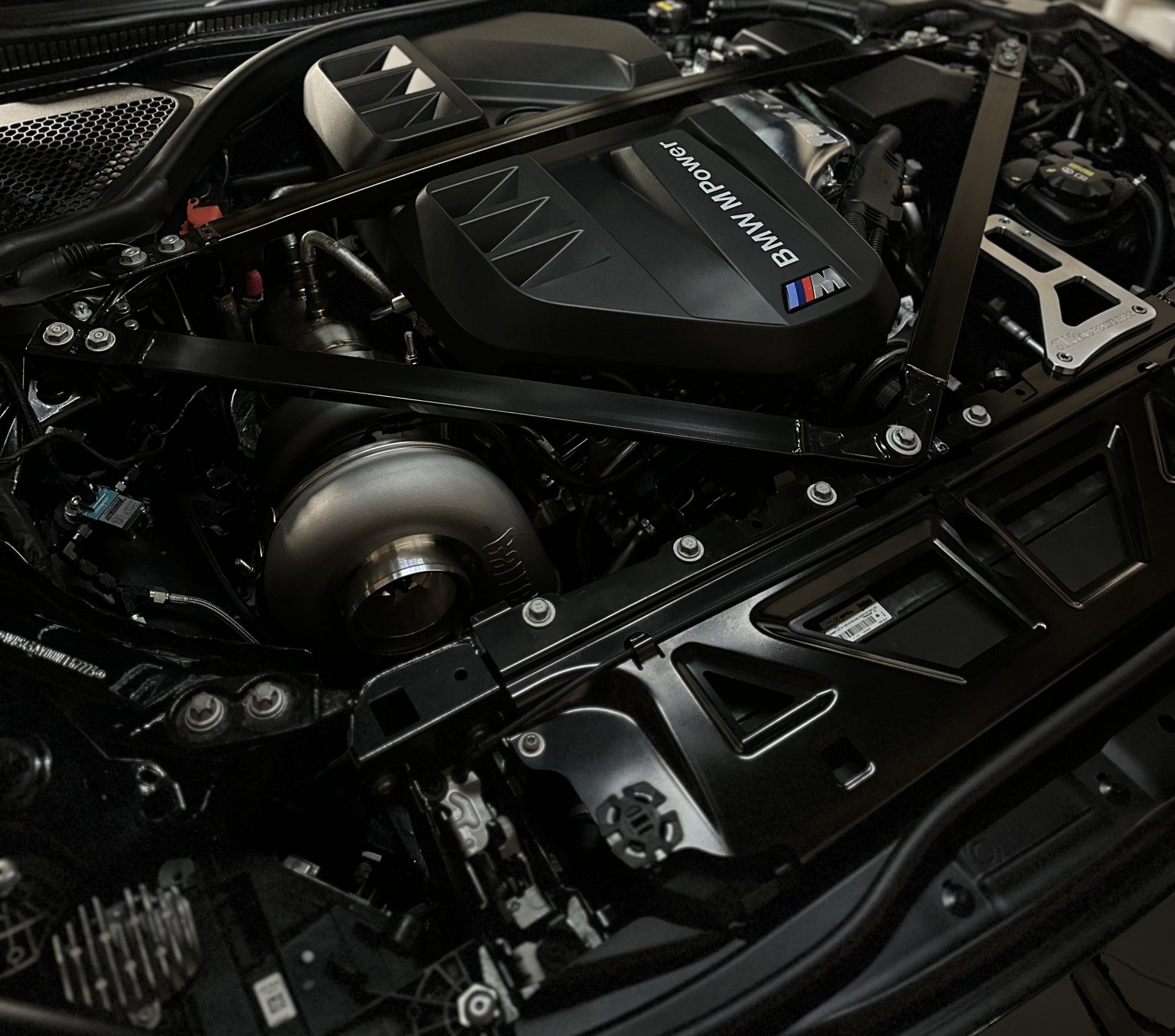The Role of BMW Engine Layout in Achieving Exceptional Fuel Effectiveness
The Role of BMW Engine Layout in Achieving Exceptional Fuel Effectiveness
Blog Article
Exploring the Development of Burning Engines in Modern Transport Systems
As we navigate the landscape of modern transport, the development of combustion engines stands as a testimony to human ingenuity and engineering prowess. The interplay of background, technology, and environmental concerns in shaping the trajectory of burning engines produces a narrative that is both engaging and informative.
Early Beginnings of Combustion Engines
Just how did the concept of burning engines first arise in the very early stages of transportation development? When the concepts of internal combustion were initial checked out, the origins of combustion engines can be mapped back to the 17th century. In 1673, Christian Huygens conceptualized a fundamental inner burning engine that utilized gunpowder to create power. It wasn't till the late 19th century that practical applications of combustion engines in transport began to emerge.
The advancement minute came with the innovation of the initial effective gasoline-powered engine by Karl Benz in 1885 - bmw engine. This engine paved the way for the advancement of the modern-day automobile, transforming transport systems worldwide. Succeeding innovations by Nikolaus Otto and Gottlieb Daimler even more fine-tuned burning engine modern technology, leading to the automation of vehicles and the fast development of the transport sector
These very early burning engines were identified by their simpleness and effectiveness, laying the foundation for the complicated and powerful engines used in modern transportation systems. The evolution of burning engines has actually contributed in forming the method we travel and carry goods, marking a substantial landmark in the background of transportation development.
Transition to Internal Burning Technology
The shift to interior combustion modern technology noted a critical shift in the advancement of transportation systems. This shift started in the late 19th century, with innovators like Nikolaus Otto and Gottlieb Daimler developing the first effective internal burning engines. These engines reinvented transportation by supplying a much more effective and efficient choice to heavy steam engines and electrical motors.
One of the key benefits of internal burning engines was their ability to be reduced to fit into vehicles, causing the development of autos and motorbikes. This shift from cumbersome, stationary engines to small, mobile ones led the way for the modern transportation systems we see today.
The shift to internal burning modern technology additionally spurred innovations in gas modern technology, resulting in the growth of gasoline and diesel as key fuel sources for lorries. This shift not only made transport much more obtainable to the masses but likewise laid the structure for the oil and gas industry to end up being indispensable to global economic climates.
Influence of Combustion Engines on Transportation
The fostering of burning engines in transportation systems catalyzed a profound change in the performance and speed of worldwide flexibility. Burning engines transformed transportation by supplying a dependable and flexible source of power for various automobiles, consisting of cars, ships, aircrafts, and vehicles. This innovation considerably improved the capability for products and people to move over long distances in shorter amount of time, causing boosted connectivity between regions and nations.
Additionally, the extensive use of combustion engines has had a significant effect on economic advancement. The capability to carry products effectively has spurred trade and business, permitting organizations to increase their markets and get to customers worldwide. This has actually promoted financial growth and globalization, as products can now be transferred quicker and in larger quantities than ever previously.
Nonetheless, the dig this environmental influence of burning engines can not be forgotten. The combustion of nonrenewable fuel sources has brought about air contamination and greenhouse gas exhausts, adding to climate change and presenting health risks to populations. bmw engine. Because of this, there is an expanding focus on creating alternative propulsion modern technologies to minimize these adverse impacts and produce a much more sustainable future for transport
Developments in Combustion Engine Layout
Many innovations in combustion engine layout have moved the advancement of transportation systems over the years. One significant development is the growth of turbocharged engines, which utilize exhaust gases to drive a turbine that presses incoming air, permitting even more gas to be charred, resulting in boosted power output without a substantial boost in engine dimension. Furthermore, straight injection technology has actually improved fuel performance and performance by specifically controlling the amount and timing of gas injected right into the combustion chamber. Variable shutoff timing systems have likewise transformed engine layout by try these out enhancing airflow at various engine rates, boosting both power and performance. An additional substantial development is the assimilation of light-weight materials such as carbon fiber and aluminum alloys, lowering general engine weight and boosting vehicle fuel economic climate. Innovations in computer-aided design have enabled engineers to optimize engine performance and efficiency through simulations before physical prototypes are built, saving time and resources in the advancement process. These developments collectively contribute to the constant enhancement of burning engines in modern-day transport systems.
Future Fads in Burning Engine Growth
With modern technology developments driving continual development, the future of burning engine development is positioned to transform transport systems worldwide. One of the key patterns in burning engine development is the press towards higher performance and decreased discharges.
Another popular fad is the fostering of hybrid modern technologies in burning engines. Crossbreed engines combine standard burning modern technology with electric power, providing enhanced gas performance and reduced emissions. As the automobile sector shifts towards electrification, hybrid burning engines are viewed as a transitional remedy that links the gap between conventional cars and completely electrical ones.
Additionally, the assimilation of clever modern technologies, such as artificial intelligence and data analytics, is expected to play a significant role in the future of combustion engine development. These technologies can optimize engine performance in real-time, resulting in much more efficient combustion processes and enhanced total lorry efficiency. Embracing these future trends will certainly not only drive development in burning engine development but likewise add to an extra lasting and eco-friendly transport ecosystem.

Final Thought
To conclude, the advancement of burning engines in modern-day transport systems has actually been noted by considerable improvements in modern technology and style. From the very early beginnings of combustion engines to the transition to internal combustion modern technology, these engines have actually had an extensive effect on transport. Advancements in combustion engine design continue to drive progression in this area, with future patterns focusing on additional improving efficiency and decreasing emissions. The future of burning engines in transport looks appealing as r & d initiatives remain to push boundaries.
The origins of combustion engines can be mapped back to the 17th century when the concepts of internal burning were very first discovered. These engines reinvented transportation by supplying a much more efficient and effective alternative to vapor engines and electric motors.

Report this page